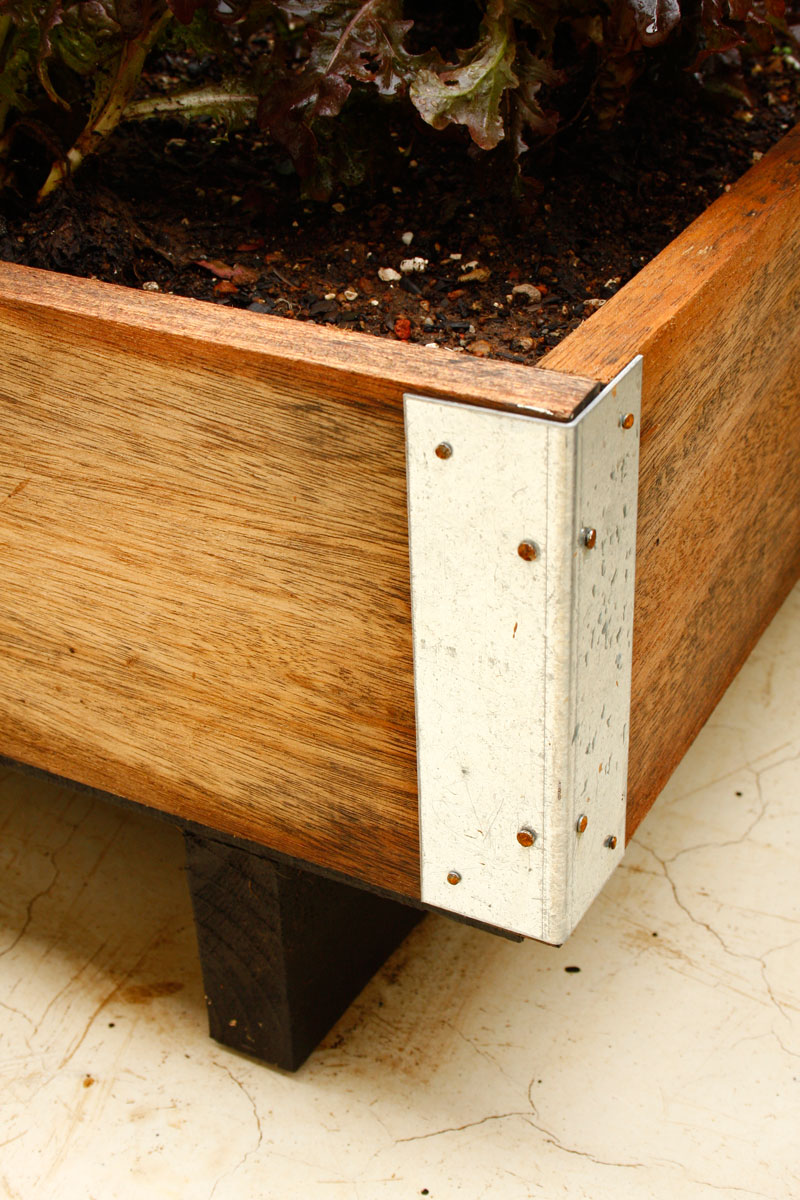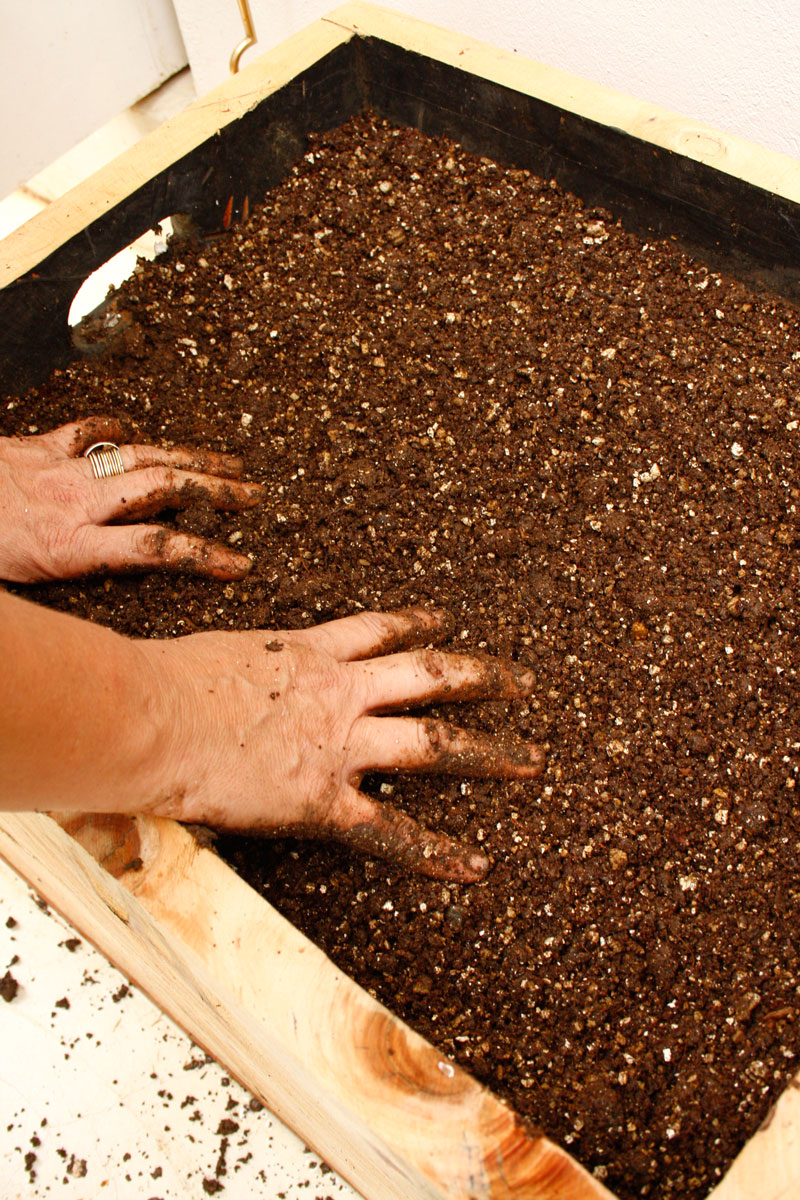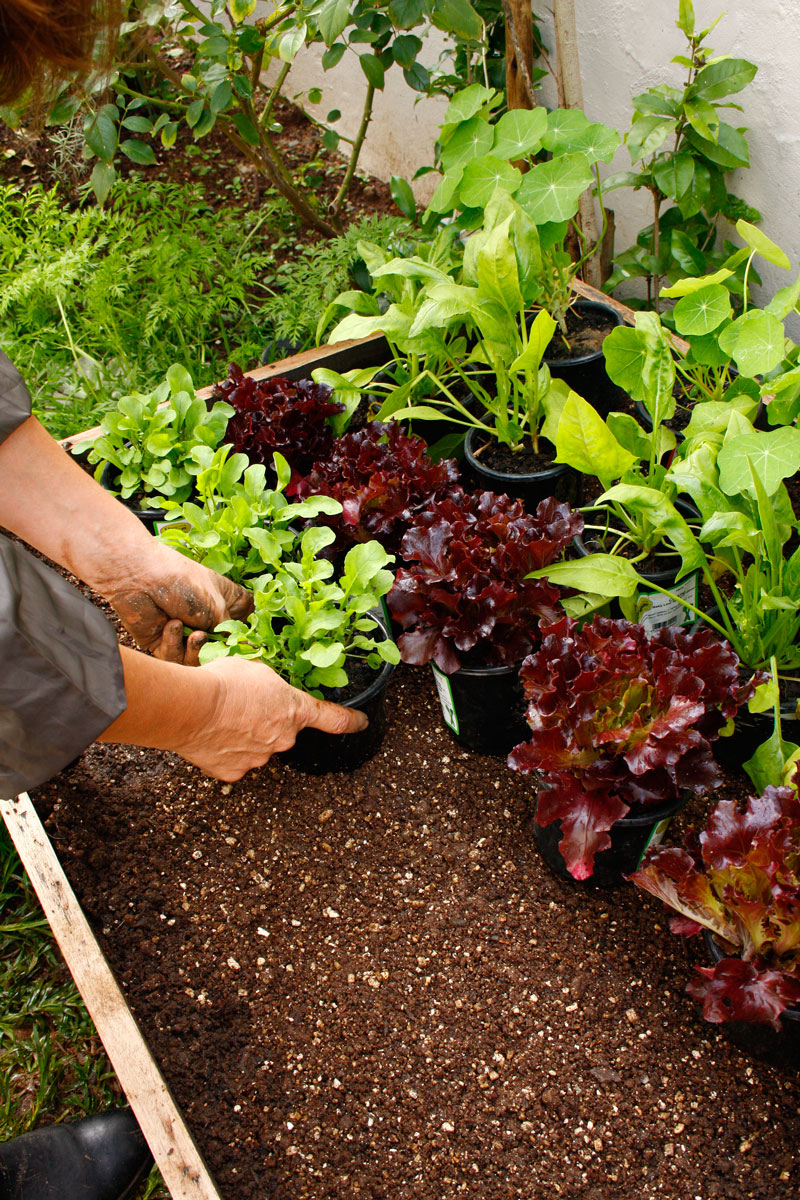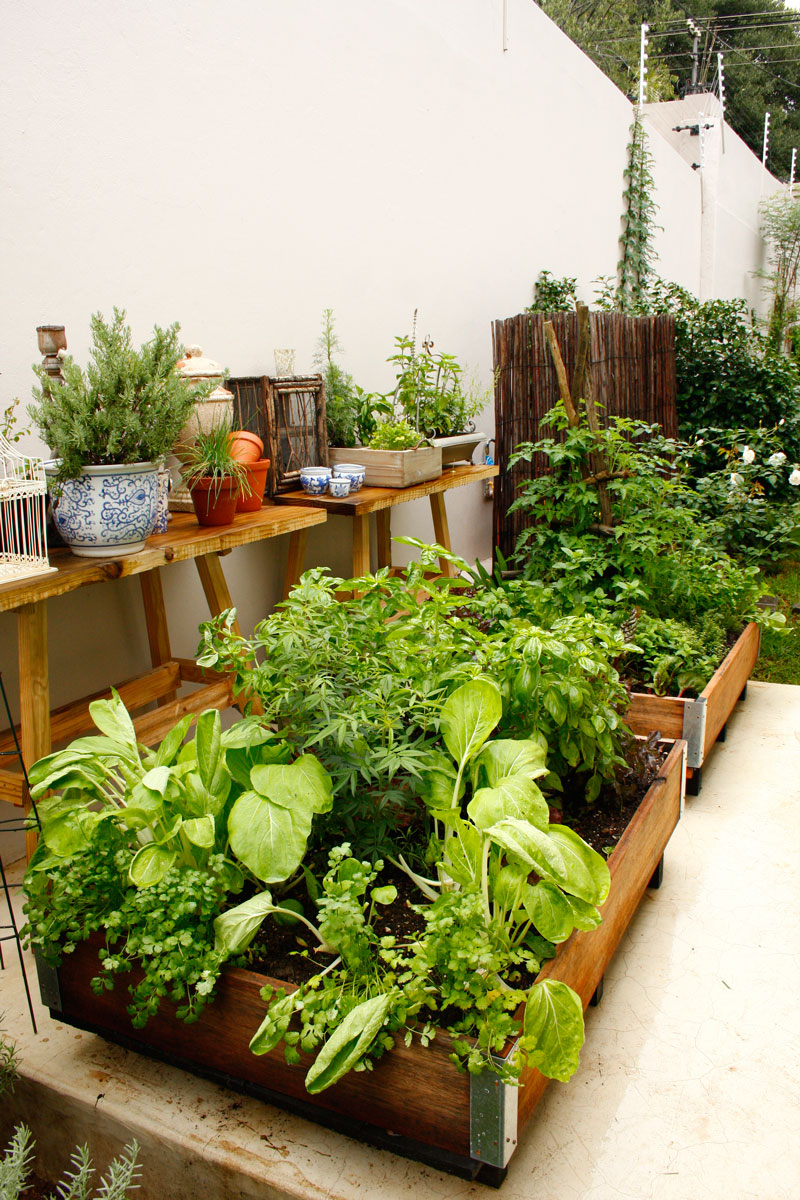Always wanted to grow veggies but don’t have the space? Growing veggies in containers just might be the answer. Jane Warburton of Potager of Urban Garden Creations shows you how to use containers to turn a tiny courtyard into a kitchen garden in a weekend:
YOU’LL ALSO LOVE: Make a vertical garden from PVC pipes
What you’ll need:
- Wooden boxes that are at least 20cm deep; alternatively use baskets or containers with drainage holes. To give your wooden planters a longer lifespan, Jane advises that you waterproof the interior of the box using a non-toxic waterproofing product like SelfCoat Clear Guard and seal the wood on the outside with a non-toxic oil or water-based sealant.
- To make your own planter boxes, use lengths of cedar or meranti (pine will warp over time) and four aluminium brackets per planter. You’ll also need a drill, screws, a hammer and nails and landscaping fabric or shade cloth.
- A good soil mix.
- Edible plants. June’s a good time to plant perennial herbs such as lavender, rosemary and thyme plus lettuce seedlings, rocket, bok choy, baby spinach and mizuna. Add a few flowers; blooms like marigolds act as companion plants.
How to do it:
1. Make a planter box

“We made 1,2m x 80cm boxes with a depth of 22cm out of cedar and joined the four sides with aluminium brackets to hold them together,” explains Jane. “Cedar planks were nailed to the bottom of each box to form a base with gaps left between them for drainage. Additional planks, turned on their sides, act as ‘feet’ allowing the boxes to be raised off the ground.” Lastly, line the inside of the planters with the landscaping fabric or shade cloth to hold in the soil, but still allow water to drain through.
READ MORE: Make a stylish container veggie garden
2. Position your boxes

“Choose a spot close to your kitchen so that you can pop out and pick fresh ingredients when you’re cooking. Most herbs and veggies enjoy full sun, but in SA a full day of sun is generally too harsh for more tender plants like lettuce, so an area that is sunny for part of the day is best,” says Jane.
If you’re using more than one planter box, leave spaces between them so you can move them around when weeding and harvesting. Put the boxes in position before you fill them with soil.
3. Add soil

“A combination of compost and loam mixed with a bit of vermiculite (which helps with water retention) and peat moss is best for herbs and veggies,” says Jane. “Good garden mixes are available at most nurseries, but avoid potting soil, which is not suitable for vegetable seedlings.”
READ MORE: 10 Vegetables and herbs for small spaces
4. Plant them up
Once you’ve selected your seedlings, Jane advises that you arrange them in your container to ensure you’re happy with the overall composition before you start planting. Remember to position the largest plants at the back and to also take leaf texture, shape and colour into account to create an attractive look.
READ MORE: Container ideas
“You can plant herbs and veggies closer together in a container than you would in the ground. However, you’ll need to pick herbs regularly as this acts as natural pruning,” says Jane. “You can also add tripods to your containers and train plants like tomatoes, gem squash and beans up them to make the most of the available planting space.
“If you’re using single pots, it’s best to have one type of plant per pot, but in a larger planting box, companion planting is best,” Jane adds.


